A recent report from the Johns Hopkins 21st Century Cities Initiative finds that Baltimore’s roughly 15,000 vacant properties cost the city an estimated $210M each year in lost revenue and other costs
Originally published in Johns Hopkins Magazine.
On Jan. 24, 2022, as firefighters battled a blaze ravaging a row home in Baltimore, part of the building collapsed. One firefighter, pulled quickly from the rubble, survived, but three others did not. Turns out the house—which, along with two adjacent properties, was later demolished—had been sitting vacant for more than a decade.
“The lives lost, you can’t put a price on that,” says Mary Miller, a Baltimore resident and senior fellow at the Johns Hopkins 21st Century Cities Initiative. But The Costs of Baltimore’s Vacant Housing, the report she recently co-authored with the initiative’s senior program manager, Mac McComas, reveals a multitude of measurable costs associated with the city’s uninhabited dwellings. Annually, for example, roughly 15,000 vacant properties cost the city an estimated $210 million in lost revenue and direct costs.
“Baltimore has the third highest rate of vacants of any city in the U.S.,” McComas says, behind only Detroit and Flint, Michigan. Past attempts to fix the problem, however, have been executed piecemeal, not citywide. Today, he says, many interested parties—nonprofits, government entities, and developers—want to solve it “at scale.”




